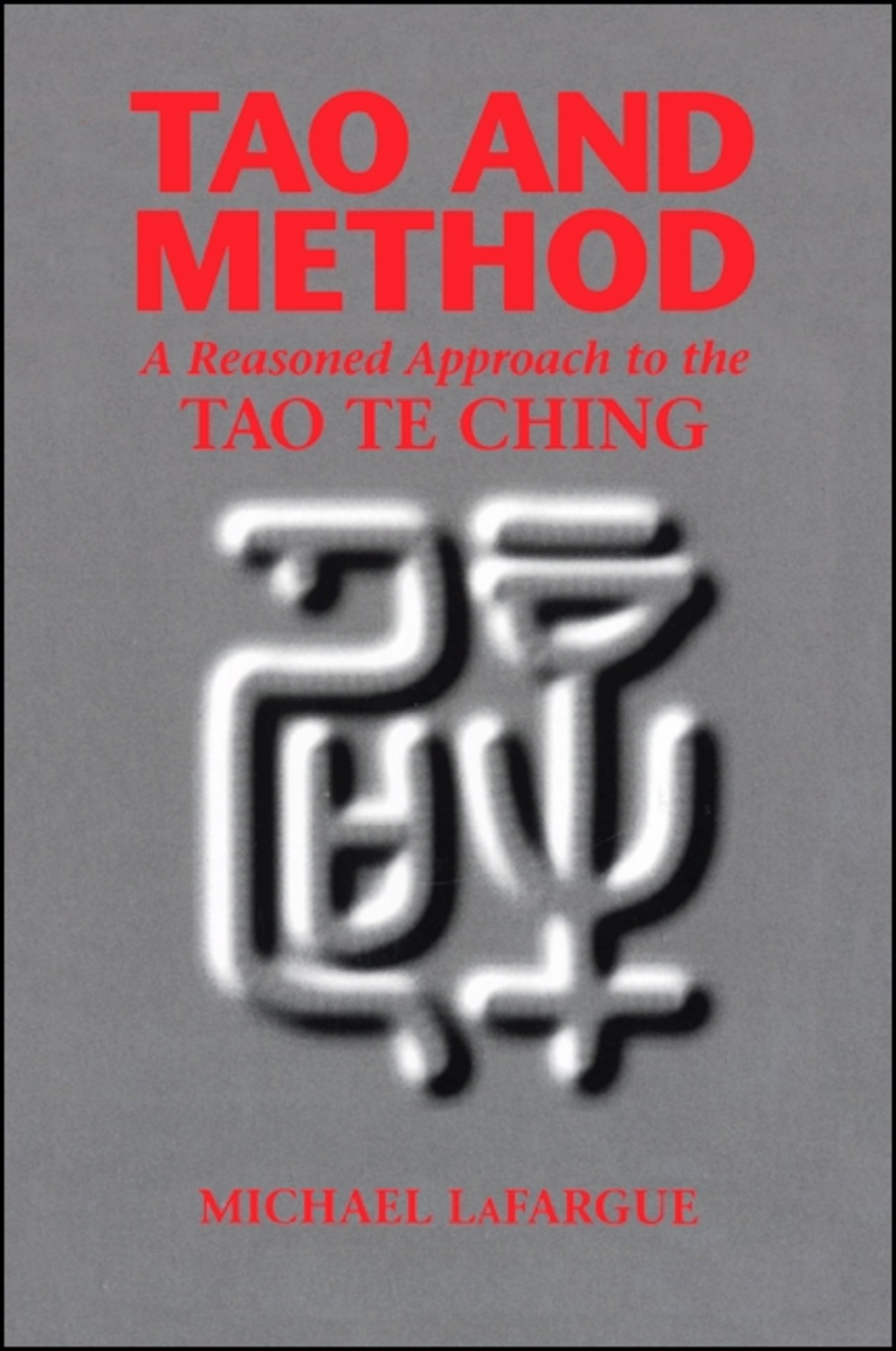We're sorry. An error has occurred
Please cancel or retry.
Tao and Method

Some error occured while loading the Quick View. Please close the Quick View and try reloading the page.
Couldn't load pickup availability
- Format:
-
30 August 1994

While the Tao Te Ching has been translated and commented on countless times, interpretations are seldom based on systematic theoretical treatment of the problems of interpretive method posed by this enigmatic classic. Beginning with a critical discussion of modern hermeneutics including treatments of Hirsch, Gadamer, and Derrida, this book applies methods developed in biblical studies to the Tao Te Ching. The following chapters discuss systematically four areas necessary to recovering the Tao Te Ching 's original meaning: its social background; the semantic structure of the brief aphorisms contained in the book; the concrete background of the more cosmic sayings; and the origin and genre of the 81 chapters of the Tao Te Ching. These essays propose relatively new theories in each of these areas, leading to a new approach to the interpretation of the text. This approach is illustrated in the translation and the detailed commentary on each chapter.


"This translation and commentary takes a novel, even controversial approach to the Tao Te Ching, presenting the reader with a full-blown culturological understanding of this core Taoist Classic." — Roger T. Ames, University of Hawaii
"More than any other classical Chinese work, perhaps, the Tao Te Ching has been ripped from its historical, cultural and concretely experiential context and employed (like a set of transcultural Rorschach images) to tickle the meditative fancies of Mystical Everyman. LaFargue's worry about the origin and evolution of the text, its intended audience, and the 'purpose' of its aphorisms, allows him to ask relevant hermeneutical questions, the responses to which open the text in a new way." — David L. Hall, The University of Texas
Acknowledgments
Introduction
Part I: Hermeneutics
Introduction
1. Interpretation and Meaning: Two Histories
Hermeneutics
The Ontology of Meaning: A History and a Proposal
2. Philosophical Foundations for Interpretive Method
Part II: Sociohistorical Background
Philosophical Foundations
Language and Reality
The Idea of Competence
This Hermeneutics Comared and Contrasted with Recent Trends in Hermeneutics
Introduction
3. The Self Understanding of Warring States Shih
China in the Late Warring States Period
Cho-yun Hsu on the Rise of the Shih
Shih Idealists
How did Shih-Idealists Gain Recognition?
The Shih-School as an Environment for Idealism
4. Mencius on the Role of the Shih-Idealist
Doctrinal Wolrdviews vs. the Mencian Worldview
Mencius Stakes Out an Expanded Role for Shih-Idealists
Other Shih-Schools
5. Mencius on Virtue
Part III: Verbal Form and the Structure of Laoist Thought
The Content of Mencius' Instruction to Kings
Self-Cultivation
Conclusion: The Mencian Shih vs. the Modern Philosopher
Mencius and the Tao Te Ching
Introduction
6. The Semantic Structure of Aphorisms
The Proverb as a Special Genre of Speech
Conversational Implicature
Speech Acts
The Target of Proverbs
The Attitude Expressed and the Value-Orientation Motivating It
7. Understanding Laoist Polemic Aphorisms
Definiteness
Making Sense of the Paradoxical Style of Laoist Aphorisms
The Problem of Coherence
The Unifying Basis for Laoist Thought: A Concern for Organic Harmony
Appendix: Sayings About Nature, Heaven, and the Ancients
8. Sayings and Self-Cultivation
Introduction
The Nei Yeh
Some Parallels Between the Tao Te Ching and the Nei Yeh
9. The Vocabulary of Self-Cultivation in the Chuang Tzu and the Tao Te Ching
Self-Cultivation Vocabulary in the Chuang Tzu
The Vocabulary of Self-Cultivation in the Tao Te Ching
10. The Wonderful and Cosmic Tao
"Softness Overcomes Hardness"
Sayings Linking One Quality to Another
Normative Descriptions
Sayings Describing the Wonderful Benefits of the Qualities Laoists Cultivate
Cosmic Sayings: A General Thesis
"Stillness is the Norm of the World"
Cosmogonies
Contradictions and Non-Literal Understanding
11. A Pluralist but Critical Theory of Worldviews
The Dilemmas of Ethnocentrism and Diversity
A Broadened Thoery of "The Good" as an Irreducible Ontological Category
Conversion and the Transformation of the Lebenswelt
Transcendence
Subject's View and Outsider's View
The Laoist "System"
Some Comments on Contemporary Relevance
12. The Art of the Sayings Collage
Part IV: Translation, Commentary, and Topical Glossary
Indirect External Evidence
Internal Evidence That the Tao Te Ching is Composed of Sayings from an Oral Tradition
Internal Evidence for Deliberate and Artful Composition of the Chapters
Substative Associations of the Composers
Introduction
Translation and Commentary
Additional Textual Notes
Topical Glossary
Notes
References
Subject Index
Author Index
Index of Passages Discussed
List of Chapters in the Traditional Arrangement



